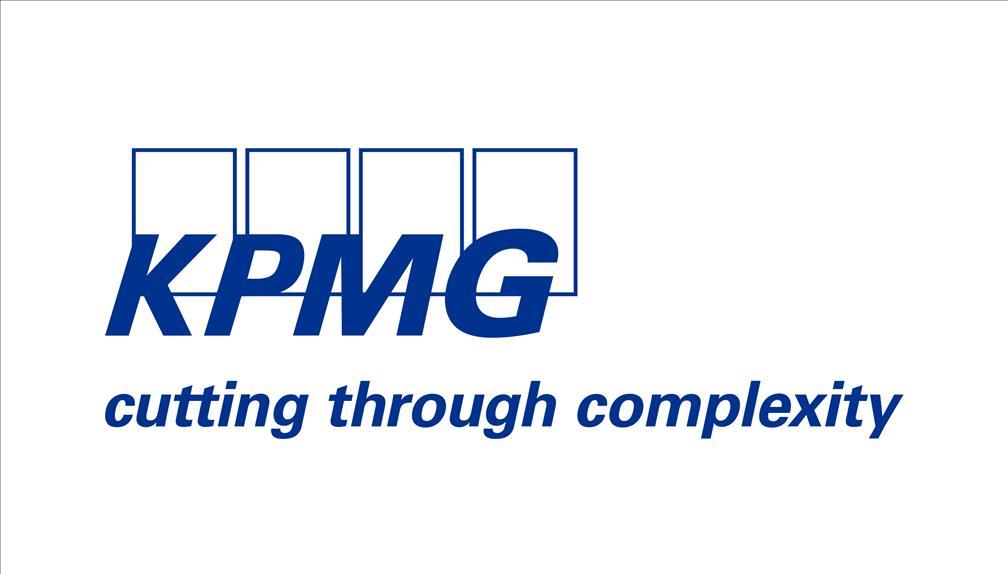 As expected, Budget 2012 is not a ‘Tax Budget.’
As expected, Budget 2012 is not a ‘Tax Budget.’
Significant changes to tax were made in 2010 with changes to GST and income tax rates and thresholds.
The Government’s previous Budgets focused on tax decisions favouring saving and investment over consumption.
Those Budgets took a long-term view of the impact and benefits to the New Zealand economy.
The message in Budget 2012 is that the current tax policy settings are broadly appropriate for the challenges ahead. Notwithstanding the greater ‘sting in the tail’ of the Global Financial Crisis, we do not see the Government changing its course.
Plugging holes
There is a real sense that the promised surplus in 2014-2015 has been the overriding target. The tax changes seem designed to support that outcome by plugging a number of revenue holes.
As signalled earlier this year, changes are proposed to the tax deductibility of costs for mixed-use (private and business use) assets. These are typically holiday homes, boats and so on. These costs are to be made tax deductible only in proportion to the time actually used for business (or available for business use).
Most readers will view that outcome as fair.
However, these rules must be made workable.
Livestock valuation rules will be changed along the lines already signalled, locking-in choices made by taxpayers previously.
This counters what Government and officials perceive as tax-motivated flip-flopping between different valuation methodologies.
When enacting these proposals, it will be essential that Government listens carefully to the feedback already provided as there is a real risk of overreach and impacting normal family succession arrangements.
We have no difficulty with the Government determining that there are gaps in the tax system which need to be fixed. That is the Government’s prerogative.
Risk in gaps
Our concern is with the lack of even-handedness shown when those gaps are addressed. A singular focus on collecting revenue from closing the gaps risks undermining the tax system is imperative.
A simple and recent example illustrates the point.
Officials recently released a document which proposes to tax salary trade-offs which are not presently taxed (such as employer provided car park and childcare facilities on premises). If we ignore the practical implications, it appears entirely reasonable to tax salary substitutes.
However, the discussion document explicitly rules out the equally reasonable and consistent position: items which are not salary trade-offs should not be taxed.
Undermining System
This lack of principle undermines the tax system, in our view.
Taxpayers are entitled to expect a ‘two way street.’ A principle, which supports changes to widen the tax base, should be equally applied to narrow the tax base.
Sadly, we find increasing examples of a lack of such principle.
Some of them are marginal, others less so.
In either case, they affect the health of the tax system.
Big surprise
A surprise move is the removal of the income under $9880, childcare/housekeeper and children’s active income tax credits.
This will save $117 million over four years, which is not much in the overall scheme of things.
The attention to the childcare tax credit (which is a modest $310) is interesting.
It follows the proposal in the salary trade-off paper to remove the Fringe Benefits Tax exemption for on-premises childcare provided by employers.
Elsewhere, of course, the Government is looking to encourage caregivers back into the workforce under other proposals and these Budget measures may create an inadvertent financial hurdle.
The child income rebate will be replaced with a modest tax-free threshold but the overall tone seems to be one where the Government wants a cut of everyone’s income – we all pay our share – irrespective of age or circumstance.
Other measures
Excise on tobacco will continue to rise: by 10% over and above inflation for the next four years. This is a health-outcomes related policy rather than expressed revenue raising exercise (but the additional $528 million of revenue expected will nevertheless be welcome).
Inland Revenue Department (IRD) has itself been a useful investment for Government.
The additional funding of $78.4 million in Budget 2012 is expected to deliver increased revenue of $345.4 million over four years, or around $4.40 per dollar spent.
Those estimates reflect some confidence among the Government and officials that there are tax dollars going unreported and uncollected.
We can look forward to a more aggressive Inland Revenue, especially in the High Net-Worth Individuals category.
What’s missing?
Some of the pre-Budget speculation of tax changes for land and investment properties has proved ill-founded, because they are difficult to implement effectively.
Similarly, Government has consistently ruled out a Capital Gains Tax.
There were hopes that the Government would address issues around deductibility of earthquake strengthening costs (and leaky building work) in light of recent events.
The 2010 change to remove tax depreciation on buildings has, predictably, put pressure on the distinction between capital (non-deductible) and revenue (deductible) expenses.
IRD view is that these costs fall into the former category.
A positive law change (or even an acknowledgement that some support may be warranted) would have provided building owners certainty to more confidently make decisions, particularly in the Christchurch region.
 Paul Dunne is Tax Partner at KPMG based in Auckland.
Paul Dunne is Tax Partner at KPMG based in Auckland.
Editor’s Note: KPMG New Zealand is the Sponsor of the ‘Business Excellence in ICT Category of the Indian Newslink Indian Business Awards 2012.






